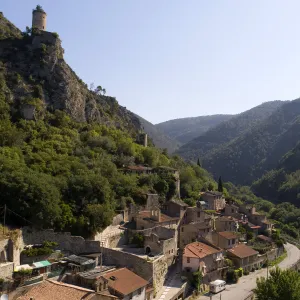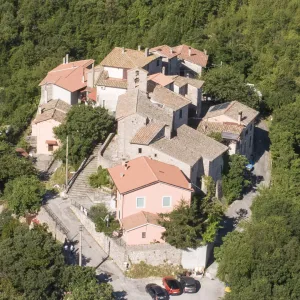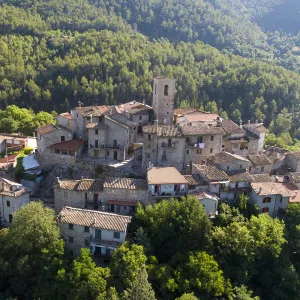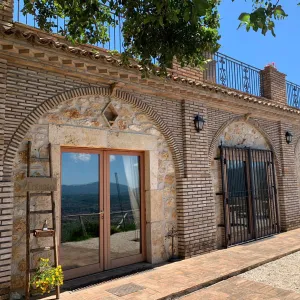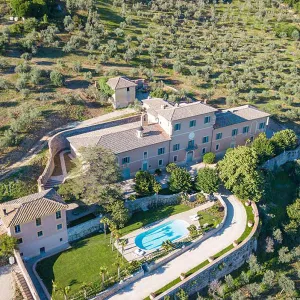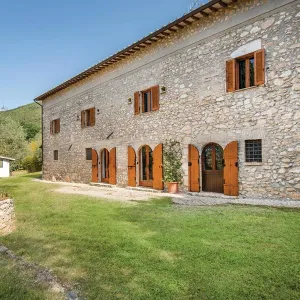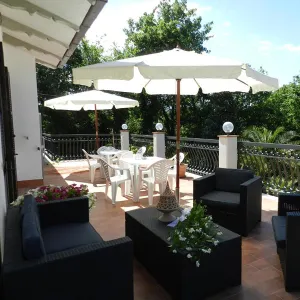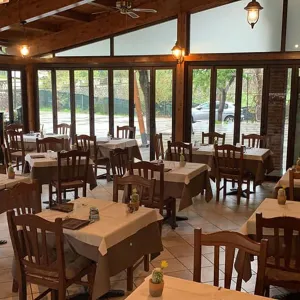Acquapalombo
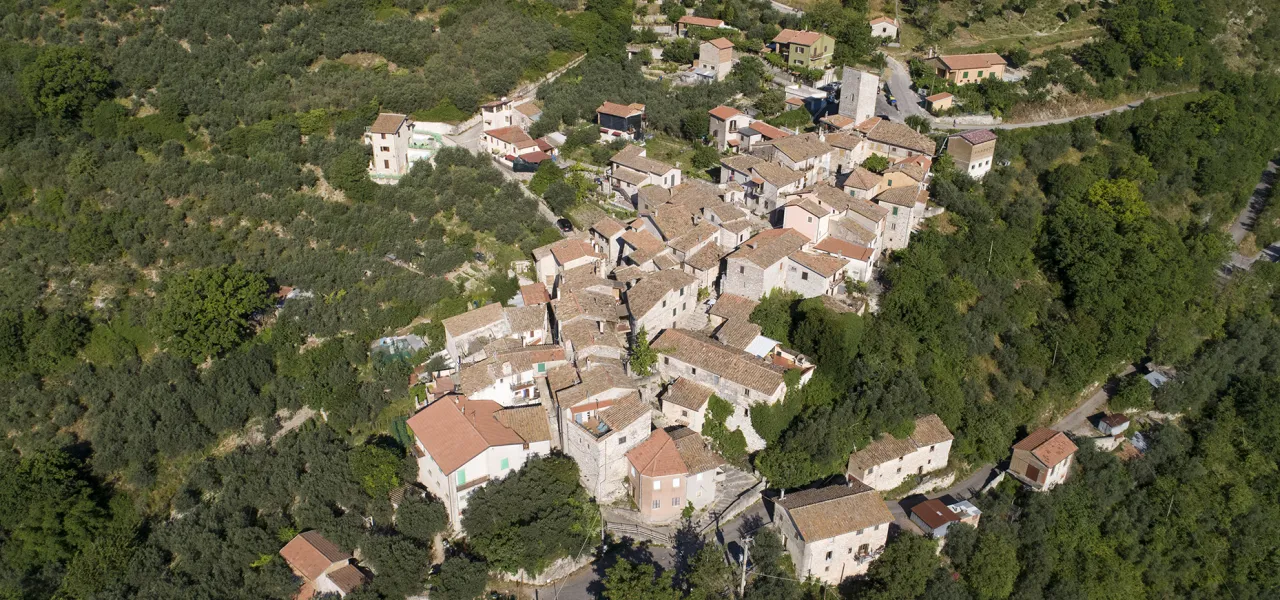
Legend has it that while flying, a dove spotted a spring of water on the way from Rocca San Zenone to Spoleto and quenched its thirst there. The place was called Acquapalombo, a name that the settlement formed nearby also adopted. The spring has been used since the Middle Ages, when Acquapalombo originated, coinciding with the construction of the watchtower overlooking the village. Situated at over 500 meters above sea level, the tower was one of the two strongholds of the Valserra defence system, the other being the Rocca di Battiferro on the opposite slope.
The name of this castle was mentioned for the first time in 1332 in the tax register that the centres of the Arnolfe Lands paid to the Apostolic Chamber, including the "hearth tax" - 61 hearths were registered in Acquapalombo that year. In the centuries that followed, the castle was mainly under the jurisdiction of Spoleto and the target of Terni's expansion ambitions. Probably at the end of the 16th century, Acquapalombo along with Appecano and Lavarino were annexed to the Municipality of Terni since the Terni General Council exempted these castles from taxation.
During the 16th century, the village was given a new appearance by the Sala family who moved there from Spoleto. The two most important buildings commissioned by the Spoleto family were the Noble Palace and the church of St Francis, which was built, together with the adjacent hermitage, near the Serra stream and therefore outside the village. During this period, the Romanesque church of San Lorenzo was also modified and expanded and then later adorned with frescoes. This phase of development, which led to a considerable increase in the population and consequent expansion of the settlement, concluded when the Sala family left the place at the end of the 17th century, selling their properties to the Brancaleoni family. This transition marked the beginning of a lasting decline, symbolised by the gradual deterioration that the Noble Palace sustained by its new owners and which was completely destroyed over time. However, the polychrome arch that framed the portal of the noble building remains in the square of the church of San Lorenzo.
Along with other villages in Valserra, Acquapalombo is part of an extraordinary environmental and landscape value. Its beauty can be discovered and appreciated by walking or mountain biking along the paths that wind through the entire area, in total contact with nature.
